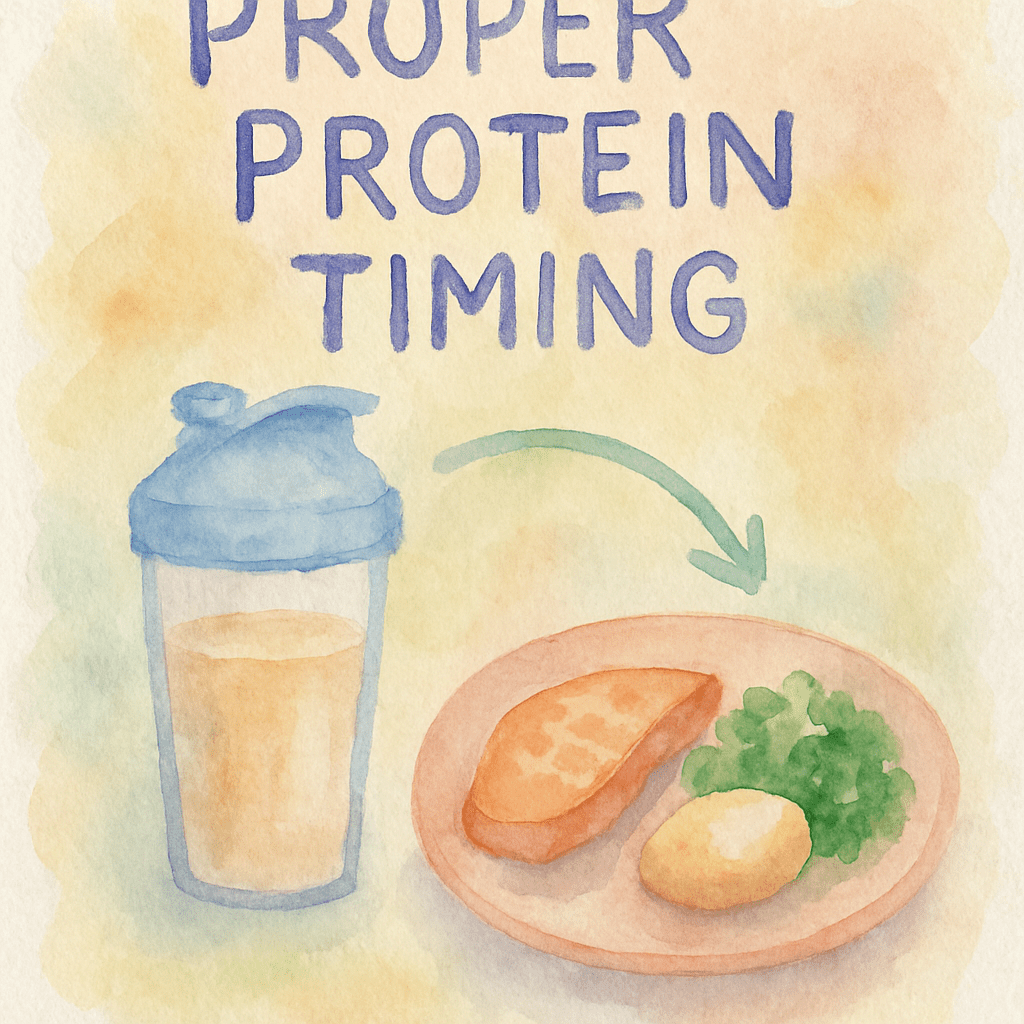Magnesium has been getting a great deal of press lately for being vitally important for our health, but deficient in the Standard American Diet (SAD). So, what is this magnificent mineral and why is it being researched and celebrated? Let’s examine why we need Magnesium and offer some delicious ways to get more into our fitness diets!
According to the National Institutes of Health (NIH), Magnesium is an abundant mineral found in the body. Magnesium is responsible for more than 300 enzymatic systems and reactions, including protein synthesis, muscle and nerve function, blood glucose control, blood pressure regulation, and energy production. Magnesium contributes to the development and formation of bone tissue and is required for the synthesis of Glutathione, often referred to as our body’s “Master Antioxidant”. Magnesium also works with both Calcium and Potassium to facilitate nerve impulse conduction, muscle contraction, and to maintain normal heart rhythm. Certainly, a wide array of functional metabolic responsibilities, worthy of the recent interest in the research community!
Science has recently discovered many benefits of Magnesium and the public is beginning to hear more about them. Magnesium has been scoring points for supporting better sleep, critical to health and homeostasis. Magnesium appears to help regulate several of the neurotransmitters involved in achieving sound and restful sleep. Also, research has determined that Magnesium helps transport blood sugar into your muscles while working out. Magnesium also helps dispose of excess lactic acid, which can build up during heavy exercise and cause fatigue. Studies have shown Magnesium supplements may be particularly beneficial for improving exercise performance in older adults and those with a deficiency in this nutrient.
Magnesium deficiency has been linked to increased levels of inflammation, which plays a critical role in the aging process and in many chronic diseases. Studies are showing Magnesium supplementation can lower some important markers of inflammation, such as C-reactive Protein. Although the importance of controlling inflammation in the body exceeds the scope of this article, it could be the subject of a future Training Table offering…!
Be aware that if you’re deficient in Magnesium, your body will have trouble absorbing sufficient levels of Calcium. Studies have demonstrated that Magnesium keeps Calcium dissolved in the bloodstream. Without the presence of Magnesium, Calcium deposits precipitate and are left in the kidneys, arteries, and joints. There are even studies now linking Magnesium supplementation with improvements addressing the symptoms of anxiety and depression!
Although Magnesium is commonly found in various foods (leafy greens, nuts, seeds, and beans), many of us today are not getting enough in our diets. Seeing how important this magnificent mineral is to all these bodily systems and functions, we need to fix this, but how? The NIH recommends adult females should get between 310 – 360 milligrams a day, and adult males between 400 – 420 milligrams per day. Although supplementing with Magnesium may seem to be an easy and convenient way to increase consumption, be careful! Too much Magnesium can have an unfortunate laxative effect…
Enjoying a variety of Magnesium-rich foods may be a more effective and enjoyable way ensure you’re getting enough in your diet. Spinach, chia seeds, peanut butter, and avocados are a few examples that make great additions to smoothies, snacks, and other dishes. However, some foods that are particularly high in Magnesium should be included in our diets more often. White beans, black beans, pumpkin seeds, certain nuts, and high-quality dark chocolate (Yum!) are some of the best food sources of Magnesium. White beans and black beans contain over 170 milligrams of Magnesium per 100 gram serving together with significant fiber for proper digestion. While almonds and cashews contain 75 milligrams per ounce, pumpkin seeds provide more than double that amount! Dark chocolate (containing more than 70% cocoa) serves up over 200 milligrams per 100 grams! Dark leafy greens such as Swiss chard and spinach, as well as fatty fish like salmon, mackerel and tuna also deliver healthy portions of this important mineral.
Using some of the weekend preparation tips from previous Training Table articles, in just one day you could whip up a black bean and spinach soup for lunch, and pack a trail mix snack of almonds, cashews, pumpkin seeds and dark chocolate. For dinner, incorporate roasted salmon over a garlicky white bean puree with a side sautéed Swiss chard! I feel healthier just thinking about these delicious nutritious foods. With magnificent Magnesium being so critical to health and vitality, make the effort daily to add more Magnesium-rich foods to your diet!
Recipes:
Black Bean Soup: Gently sauté a chopped onion, a carrot, a stalk of celery, some roasted red pepper, and garlic. Add 3-4 cans of low-sodium black beans. Add a package of fresh spinach to the mixture (it may seem like a lot, but it quickly cooks down). Garnish with a little lemon juice and some chopped cilantro…Enjoy!
Trail Mix: This is simplicity itself! Go to the bulk-food bins at your local market, and get equal parts of almonds, cashews, pepitas (pumpkin seeds), dark chocolate nibs, and perhaps some toasted oats or granola. You could get creative by adding some dried fruit (pineapple, mango, apple, guava, etc.). There are no strict “rules”, just use your imagination…!
Garlicky White Bean Puree: Here I like to lightly sauté a chopped onion with a few cloves of garlic and some salt & pepper to taste. Add two cans of white beans (Cannellini beans work well) to the onion/garlic. Puree in a food processor or a blender, and use as a base for fish, fowl, or the protein of your choosing…







































